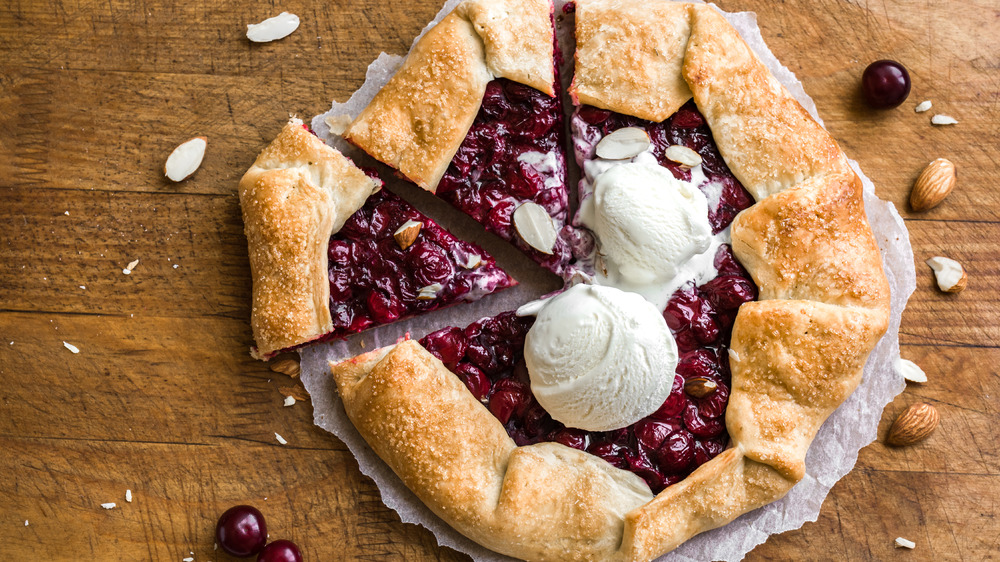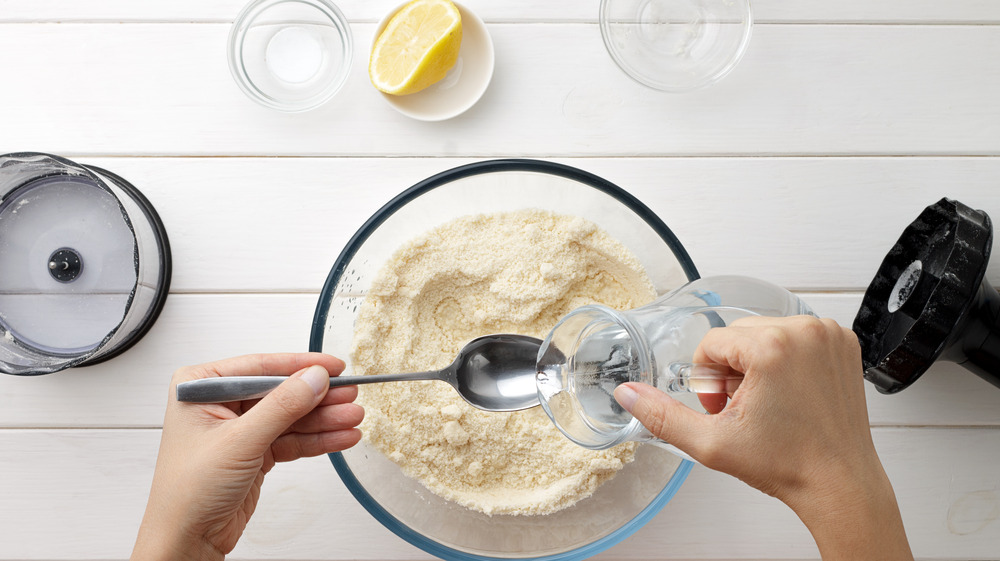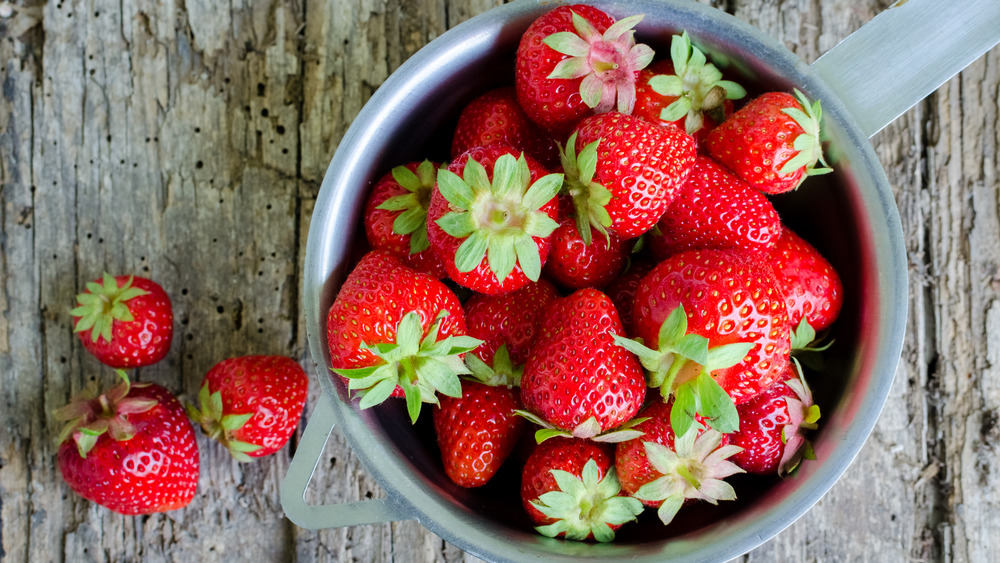Mistakes You're Probably Making With Your Galette
There aren't many things that can be used as a savory dinner or sweet dessert, but a French pastry known as a galette can fill both categories. With so many options, it's a good idea to know mistakes to avoid while prepping your new weeknight special. According to Bon Appétit, there are a few things to do in order to make the tastiest galette.
A galette is a simple pastry dish that involves pie dough wrapped around any filling of your choice, mostly sweet flavors. The Kitchn says all you need is a flat surface to bake on, with no fancy pan needed, making it an easy dish to create. Galettes are also known as galette des rois in France (via Spoon University).
To make sure you get the best galette, you'll need to perfect the dough and fillings with these tips and watch yourself turn into a baking master overnight (via Bon Appétit).
It's all about the dough
Galette dough is very much like pie dough, with white flour being most commonly used for it. Bon Appétit says wheat flour can also be used. Whatever flour you decide to go for, the key is making sure it's not too moist. A moist or wet dough can cause the flaky dish to turn lumpy, and it won't hold together. The Kitchn says all you need is flour, sugar, butter, and water.
Keeping the dough firm helps it stay strong enough to hold the filling. Once you've made that perfect-consistency galette dough with just the right amount of butter and sugar, you'll need to begin rolling it out (via Bon Appétit). The dough has to be rolled out perfectly so the filling is evenly cooked throughout. You want a flaky, crisp, and brown look and texture after baking.
Bon Appétit says it can't be too thick or thin. If it is too thick, the dough will be chewy rather than flaky, and if it's too thin, then you'll most likely lose the bottom of the pastry. Bon Appétit says "a uniform ⅛" thickness" will bring the best outcome.
Time to add the flavorful filling
The filling options for galettes are endless, with savory or sweet to choose from. Spoon University says the simple pastry can be filled with fruits, chocolate, and even vegetables. But the key to the filling — much like the dough — is making sure it's not too wet. If you are doing a fruit filling like strawberries or raspberries, be sure to add more cornstarch to the mixture so it doesn't seep through the dough. Bon Appétit recommends blueberries as a dessert filling because they tend to stay thick.
There are a couple tricks to making sure you don't get a soggy crust. You can add extra cornstarch to juicy fillings, whether savory meats or sweet treats. Bon Appétit says even dusting the bottom of the dough with flour can help prevent a mushy texture.
Unlike pies that are piled high with fillings, galette pastries should not have the fillings pouring over the sides. Bon Appétit added that there is no protection to the structure of a galette because it is not baked in a dish. Pies can hold structure, while galettes are placed freely on a baking sheet. Make sure to have the dough folded slightly over the filling, almost like a pocket right in the center.


